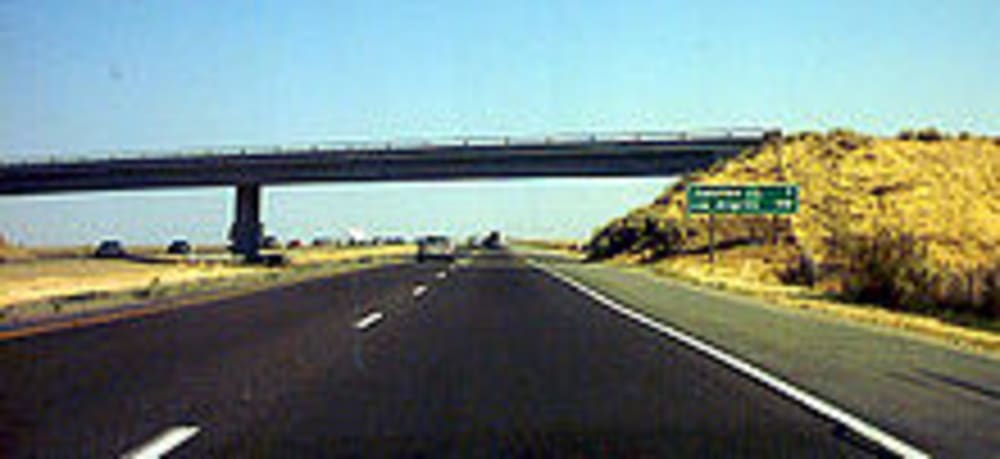The US Interstate Highway System consists of about 47,000 miles of highway. Dividing the highway is a median strip that average about 40 feet in width. Thus, Interstate Highway median strips constitute about 9.93 billion square feet, 228,000 acres of land.
If this land were used to grow biomass whose primary function was to act as a carbon sink, and assuming an average optimized biomass production rate of 7 dry tons per acre per year, then approximately 1.6 million dry tons of biomass could be grown each year in the highway median strips. Assuming that a dry ton of biomass is minimally about 40% carbon, this would provide a carbon sink for 638,000 tons of carbon each year. Since plants metabolize carbon primarily from the atmosphere, this would pull 2,340,000 tons of carbon dioxide from the atmosphere each year. This estimate does not account for the shoulders of the road - only the median strip.
This is a significant potential carbon sink already within the control of the US Goverment. Presently, median strips are often covered with grass or cover vegetation to minimize erosion. However, this is not optimized for carbon content. The biomass could be periodically harvested for fuel, fiber, or building material, depending upon the type of biomass grown. That choice, of course, would depend upon local weather and climate conditions. It is recommended that the US Department Agriculture, especially the US Forestry Department, consult on the mix of plants to suit local conditions.
Like this entry?
-
About the Entrant
- Name:Randall Noon
- Type of entry:individual
- Hardware used for this entry:Pickett Model N 1010-ES slide rule
- Patent status:none

